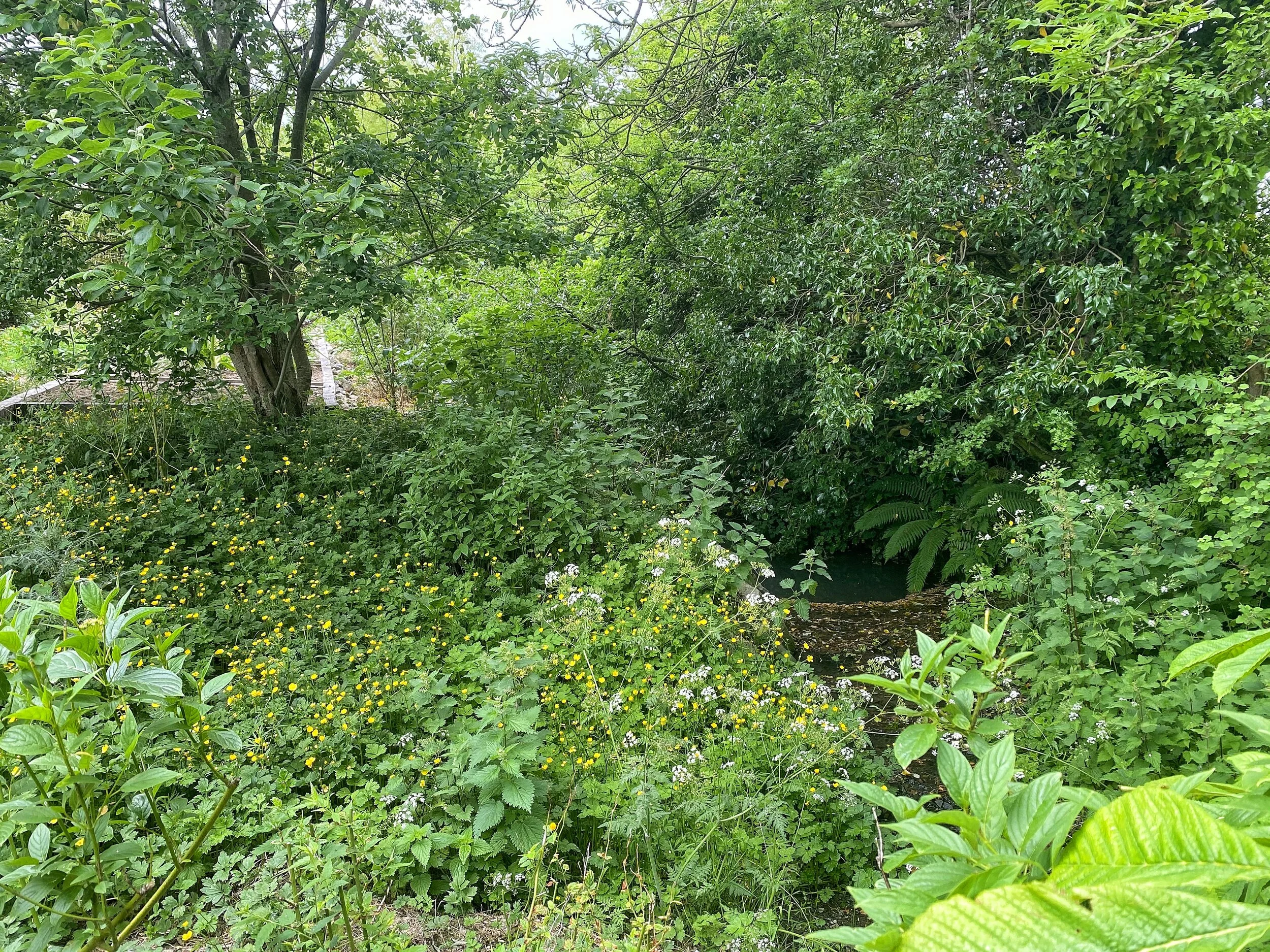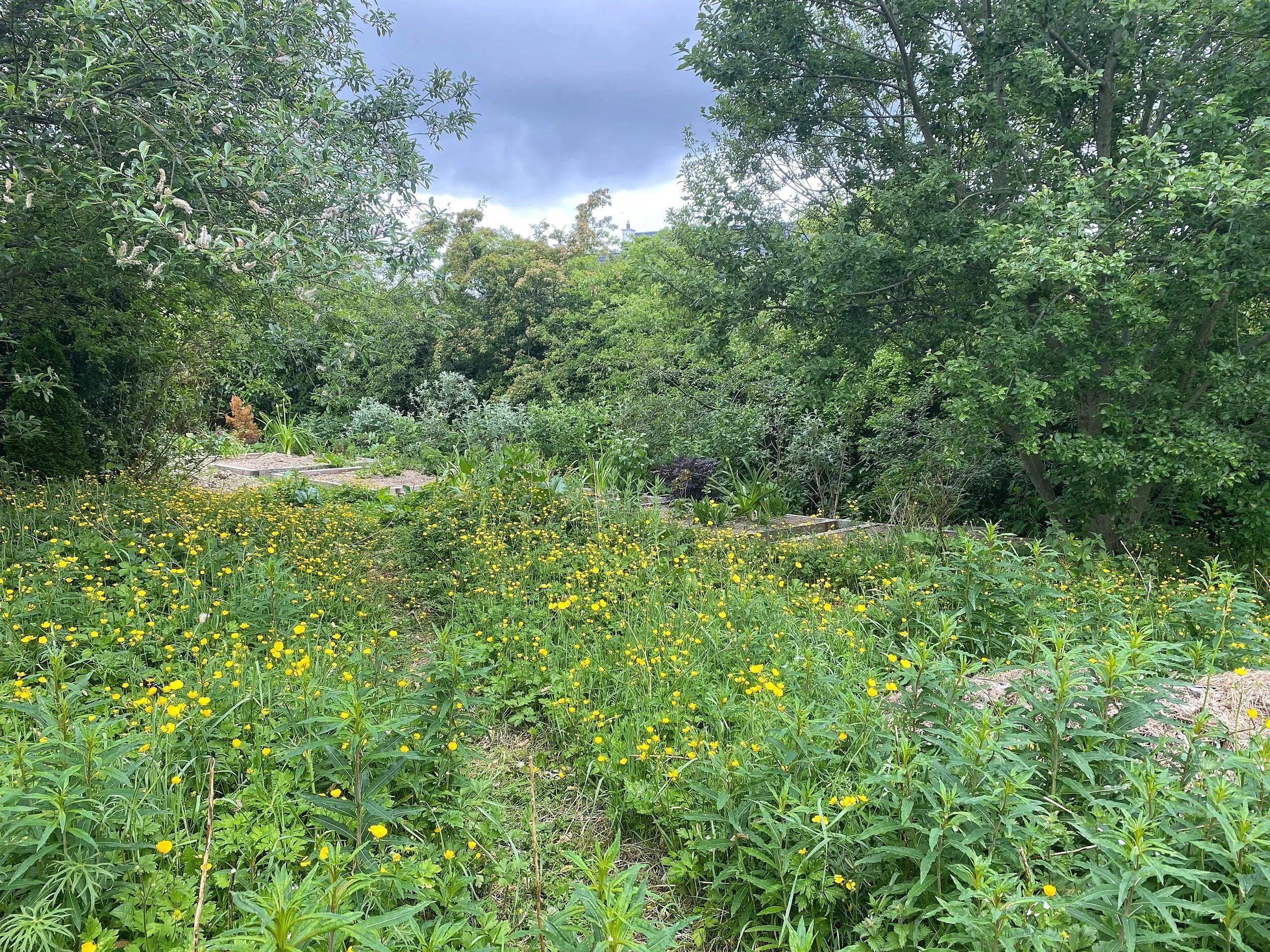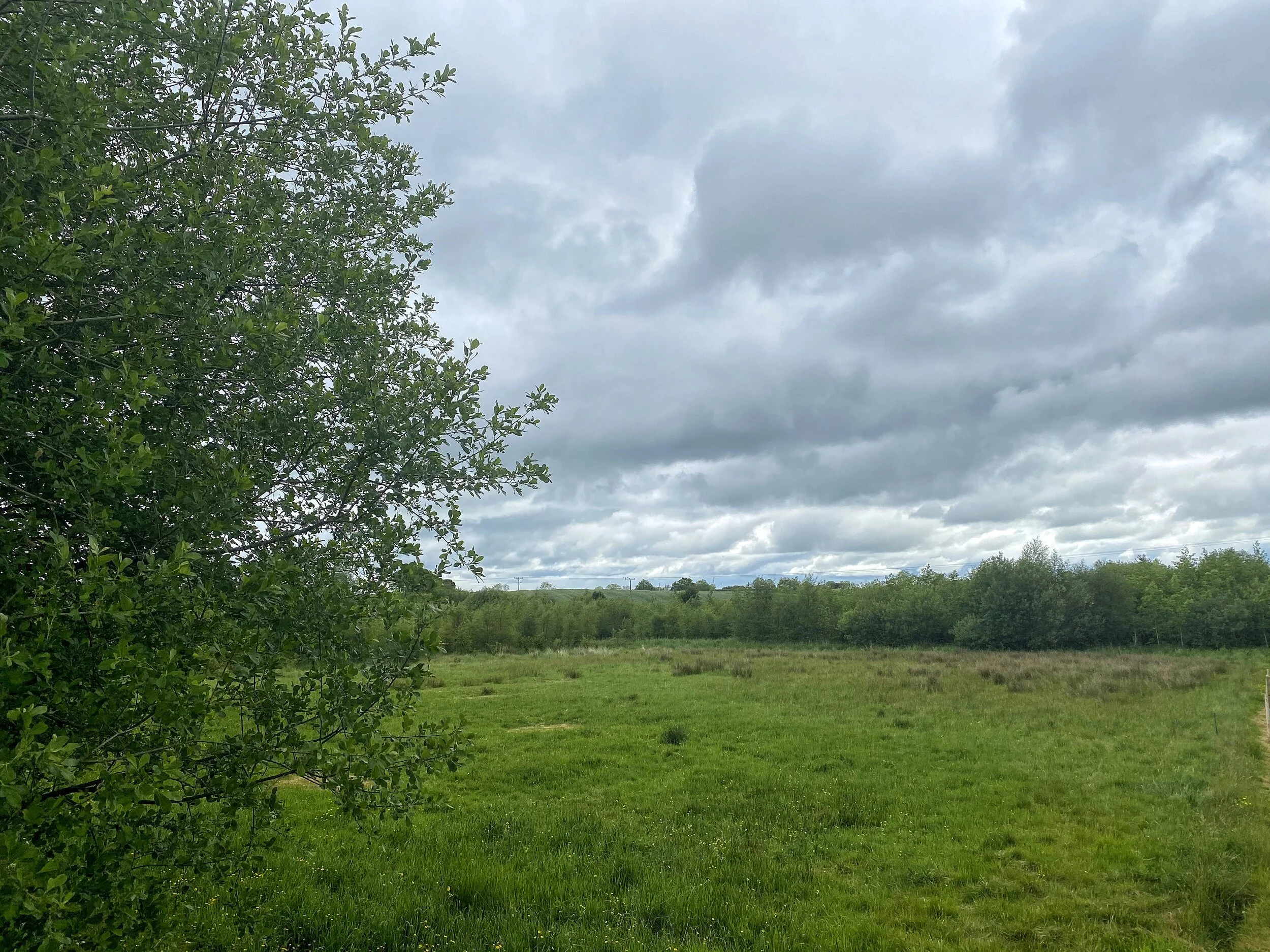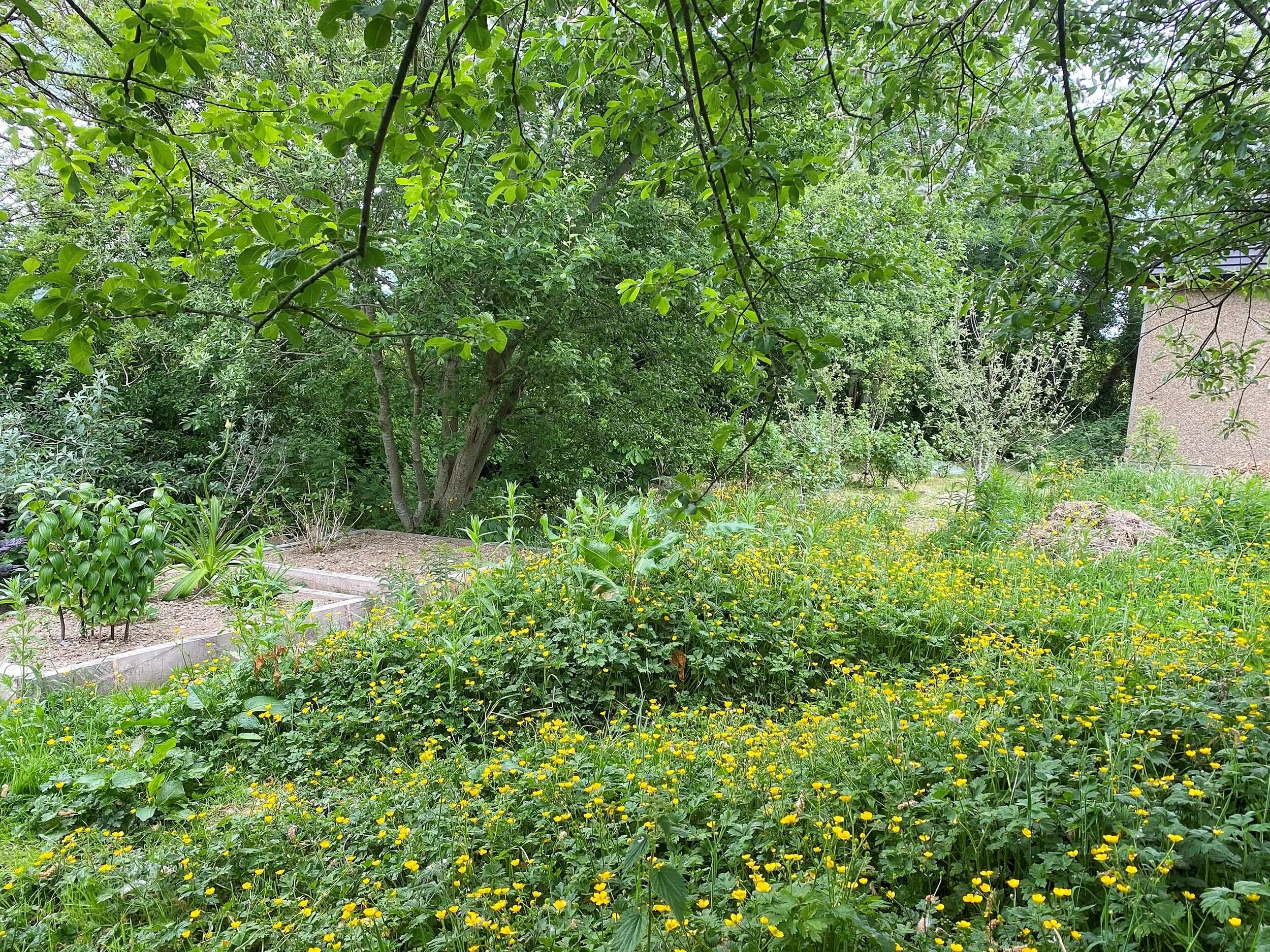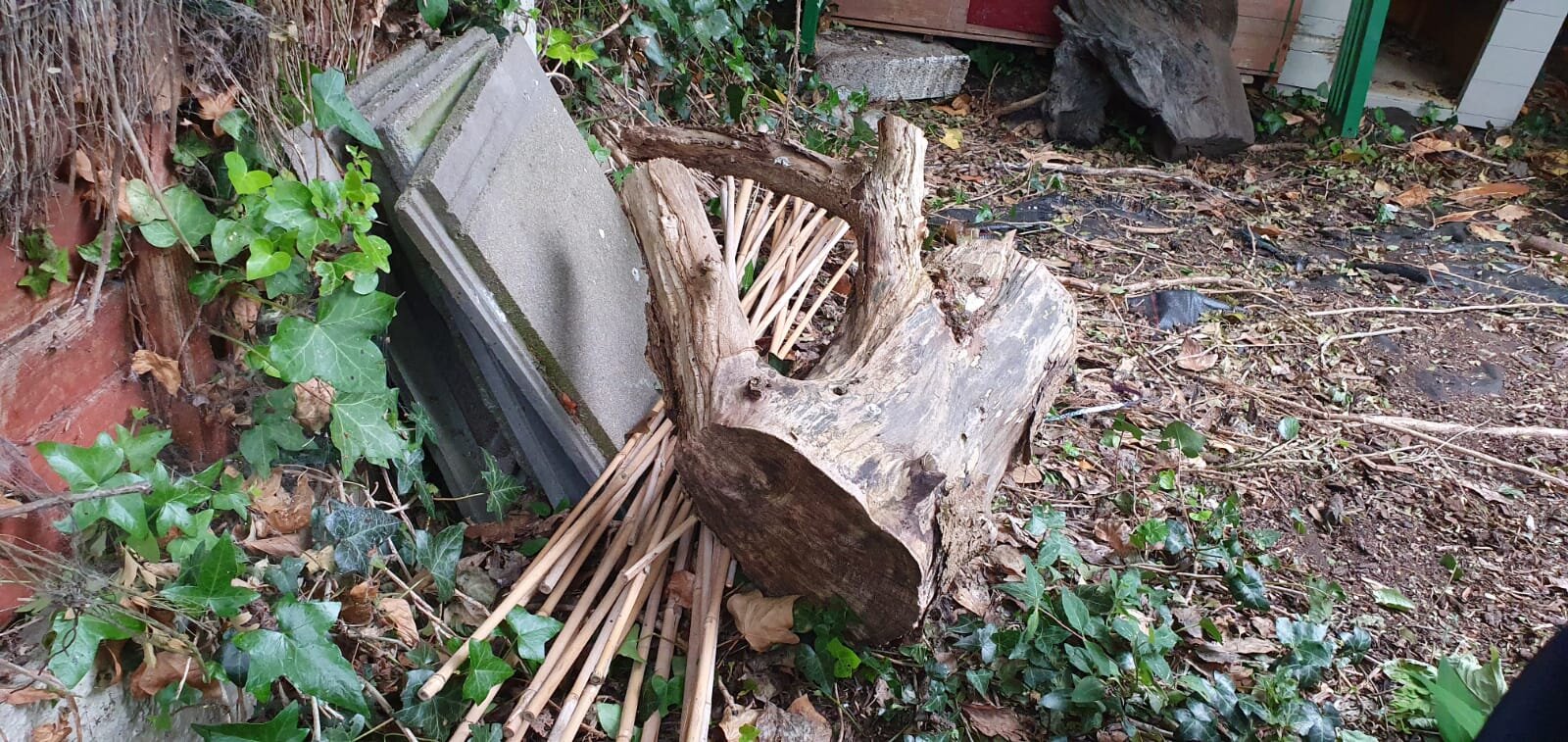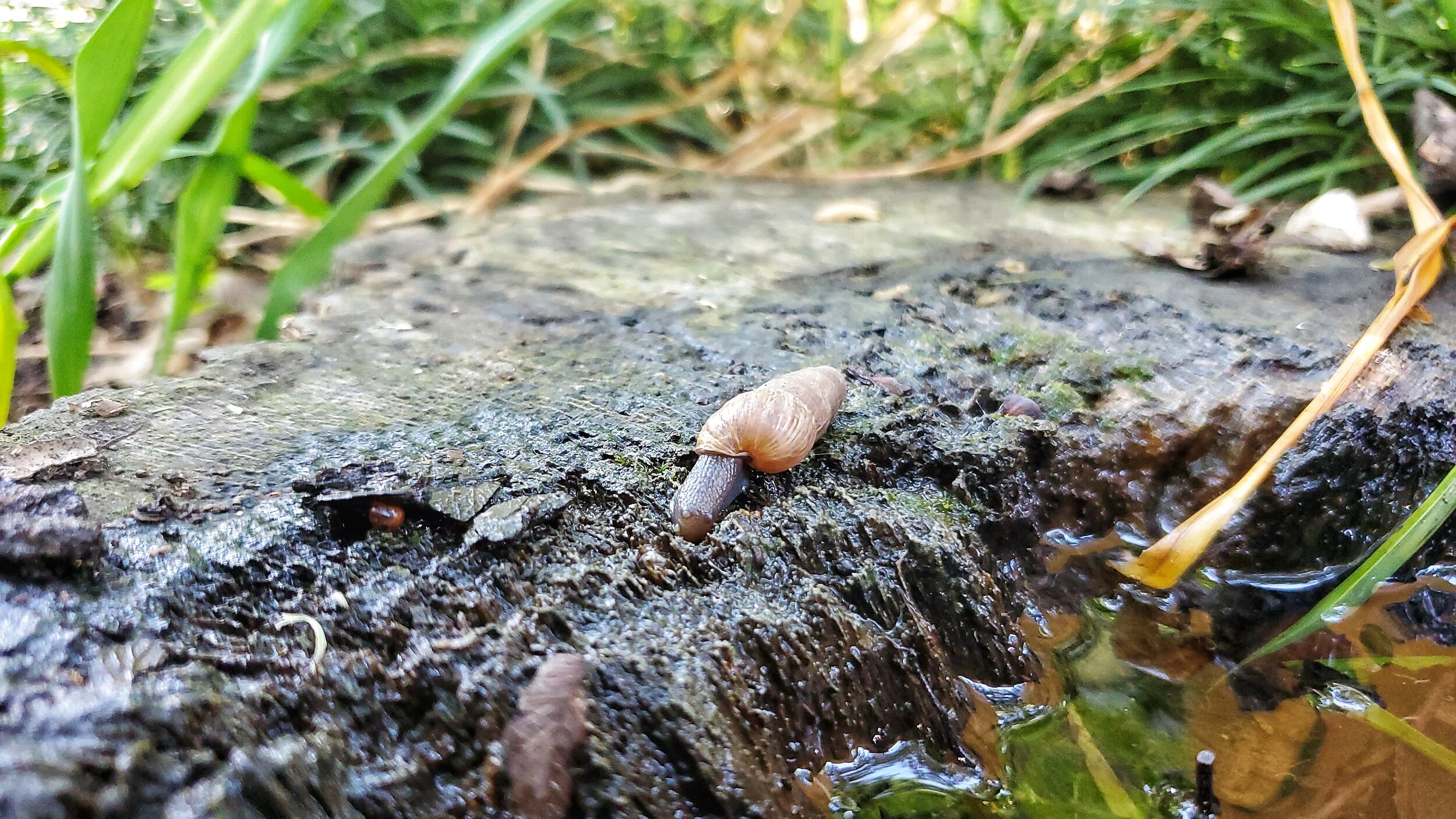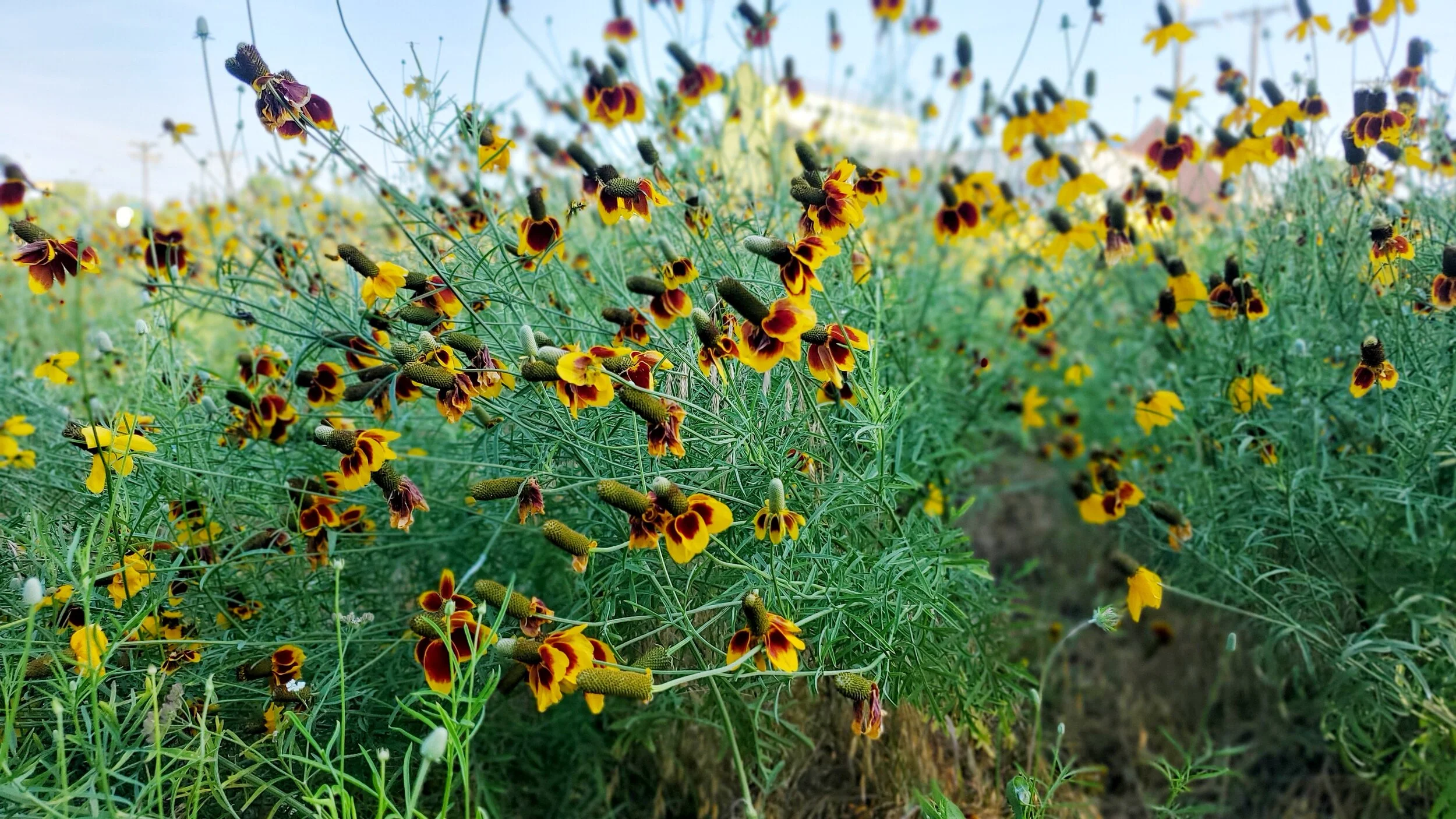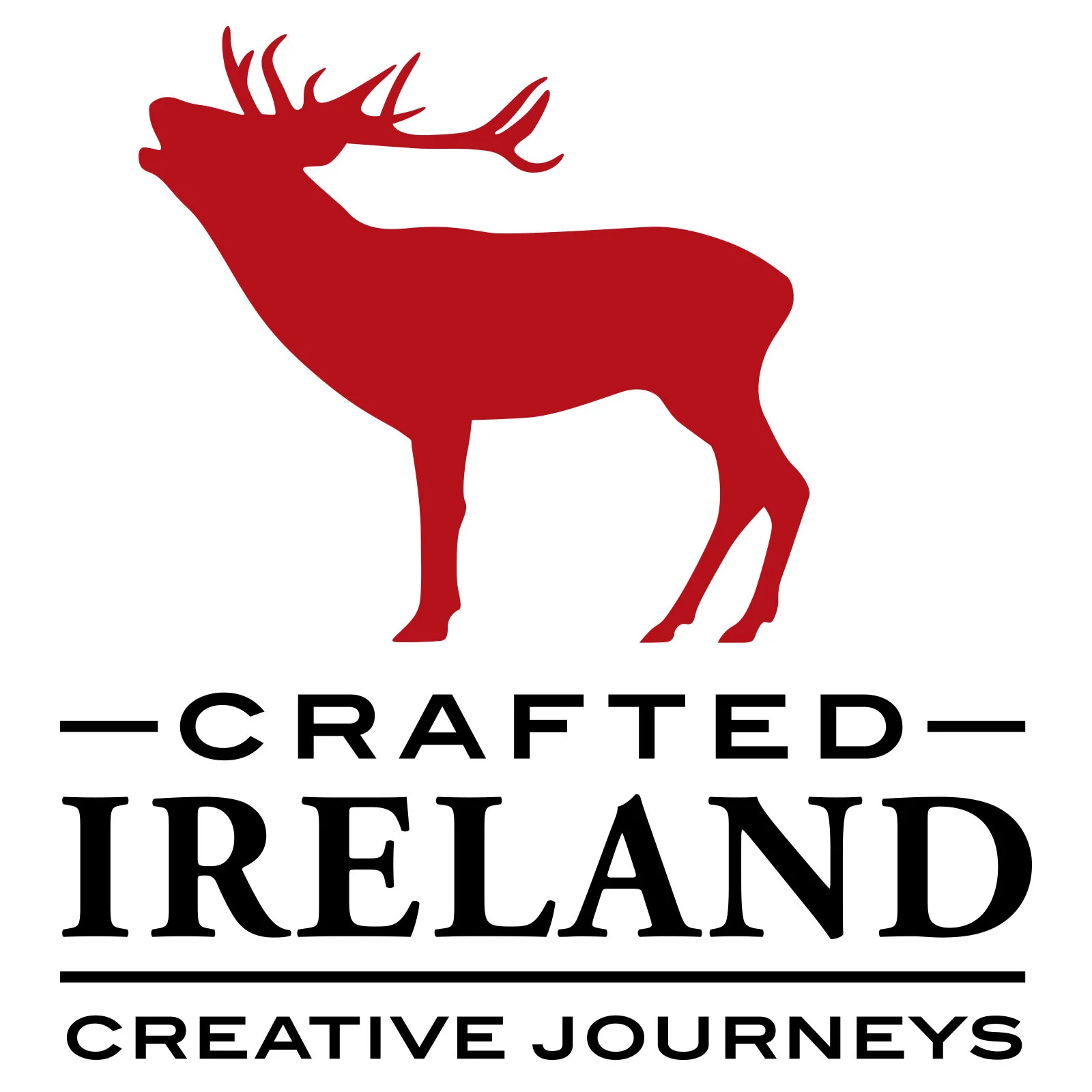FOR IMMEDIATE RELEASE
TURAS CUSTOM IRELAND LTD, A DUBLIN-BASED DMC, ADOPTS A 4-DAY WORK WEEK
DUBLIN, January 12, 2023 - Turas Custom Ireland, Ltd, a Dublin based DMC (destination management company) comprised of Custom Ireland, its Meetings and Incentives division and Crafted Ireland, its ultraluxe leisure division, has adopted a 4-day work week to benefit its employees, the environment, and business productivity. This new schedule is effective immediately and will be trialed for the first quarter of the year with hopes of becoming a permanent benefit.
The pandemic created a “work from home” scenario that showed improvement in two key areas: reduced environmental impact negatively caused by workers, and increased flexibility in work schedules. Not everyone benefited from the forced structure, however. Some employees also experienced blurred lines between home and work, longer bouts of sitting and less motivation to shut down at the end the day.
With the return to the office and following a very busy year, it was clear to owner/managing director, Crothúr Murphy, that a 4-day work week could return added flexibility to the team to encourage a healthier work/life balance, reduce the company’s negative environmental impact and increase business productivity.
The key benefits of the 4-day work week are:
Boost overall well-being for employees
Team members have more time for their family and friends, encouraging improved relationships and mental health
Team members have more time for themselves, encouraging better overall health choices: mentally and physically
Team members gain more control over their own lives
Reduce negative environmental impact
Research shows that by working less, employees become more time rich and make better consumer choices
Reduced energy consumption
Reduce paper consumption (office paper, takeaway lunches, and coffees, etc.)
Boost overall company productivity
Studies show employees work more efficiently (prioritizing and improved time management)
Reduction in absenteeism
Recruit and retain top talent in a competitive labour market
“I’m delighted for this shift. We work in a high-energy and fast-paced industry, and we give so much to our work. It’s often difficult to make time for ourselves which can impact our mental and physical health. This new structure helps bring us to a place where we can all make self-care a top priority,” said Rebecca Dixon, Director of Operations.
Murphy added, “Sharing our destination on this lovely planet is the core of our business, and every step we take toward reducing our contribution to negative environmental impacts is a step worth taking. Coupled with the benefits to our team’s well-being, I’m very happy with moving to a 4-day work week.”
###


